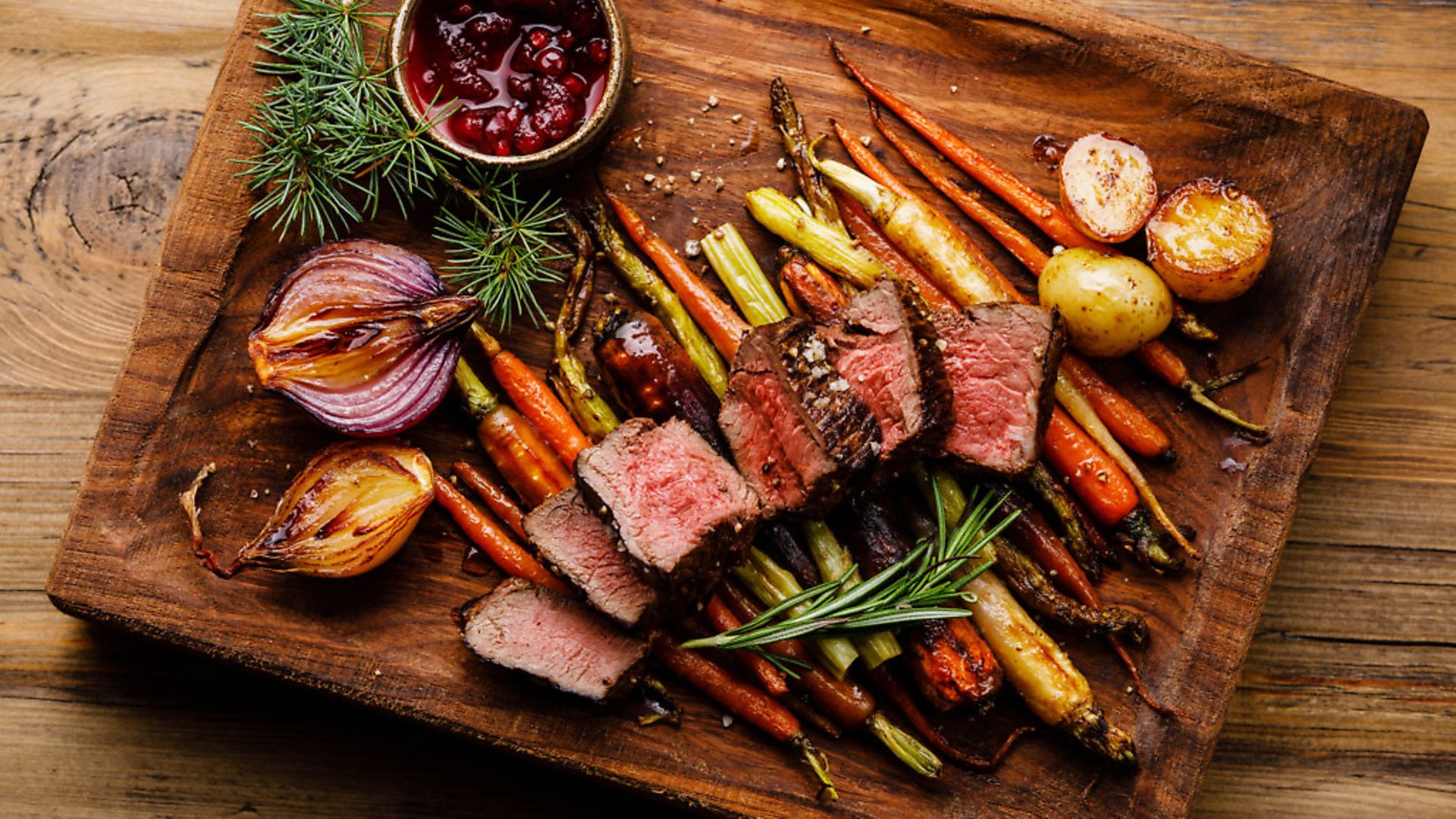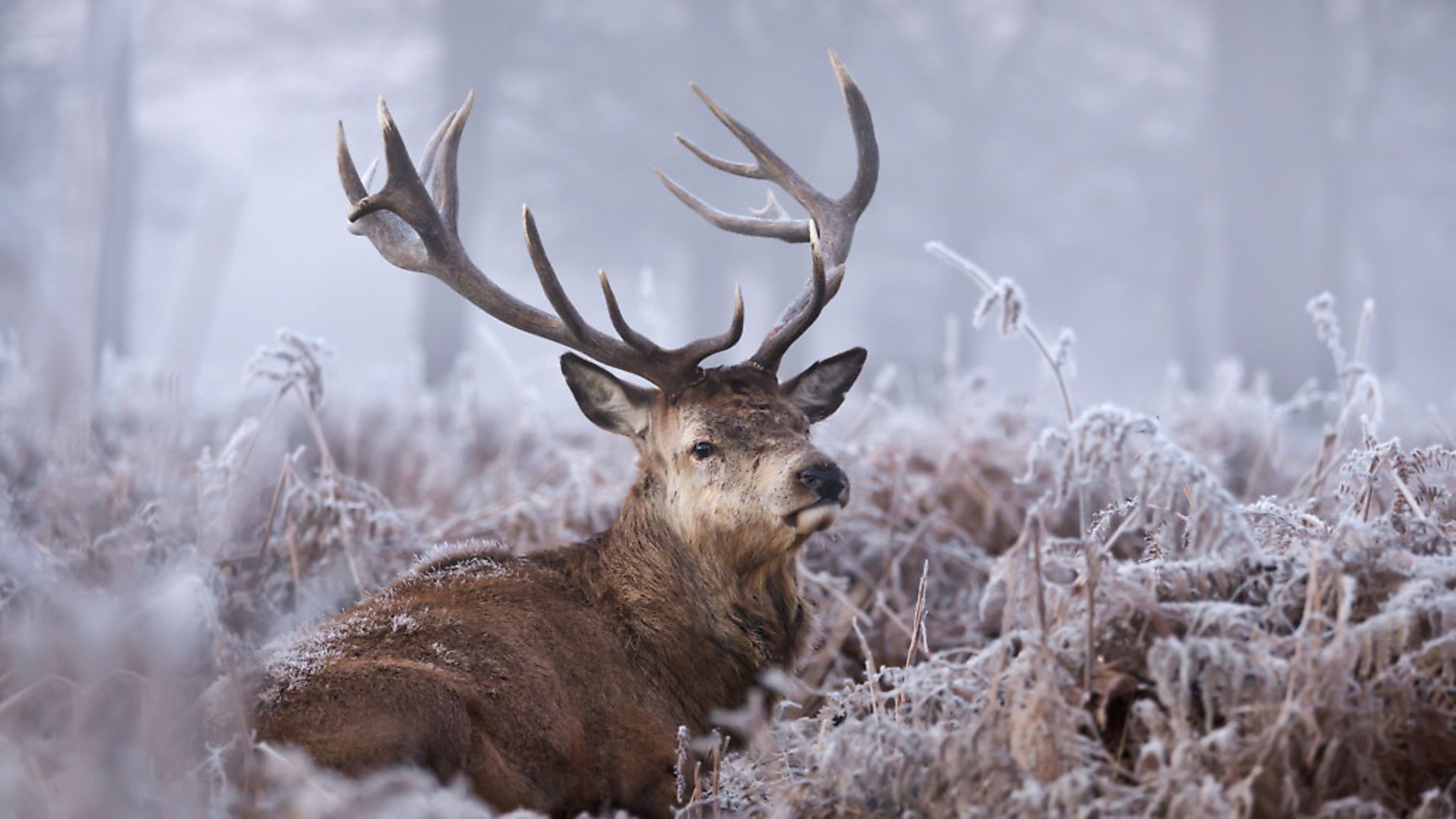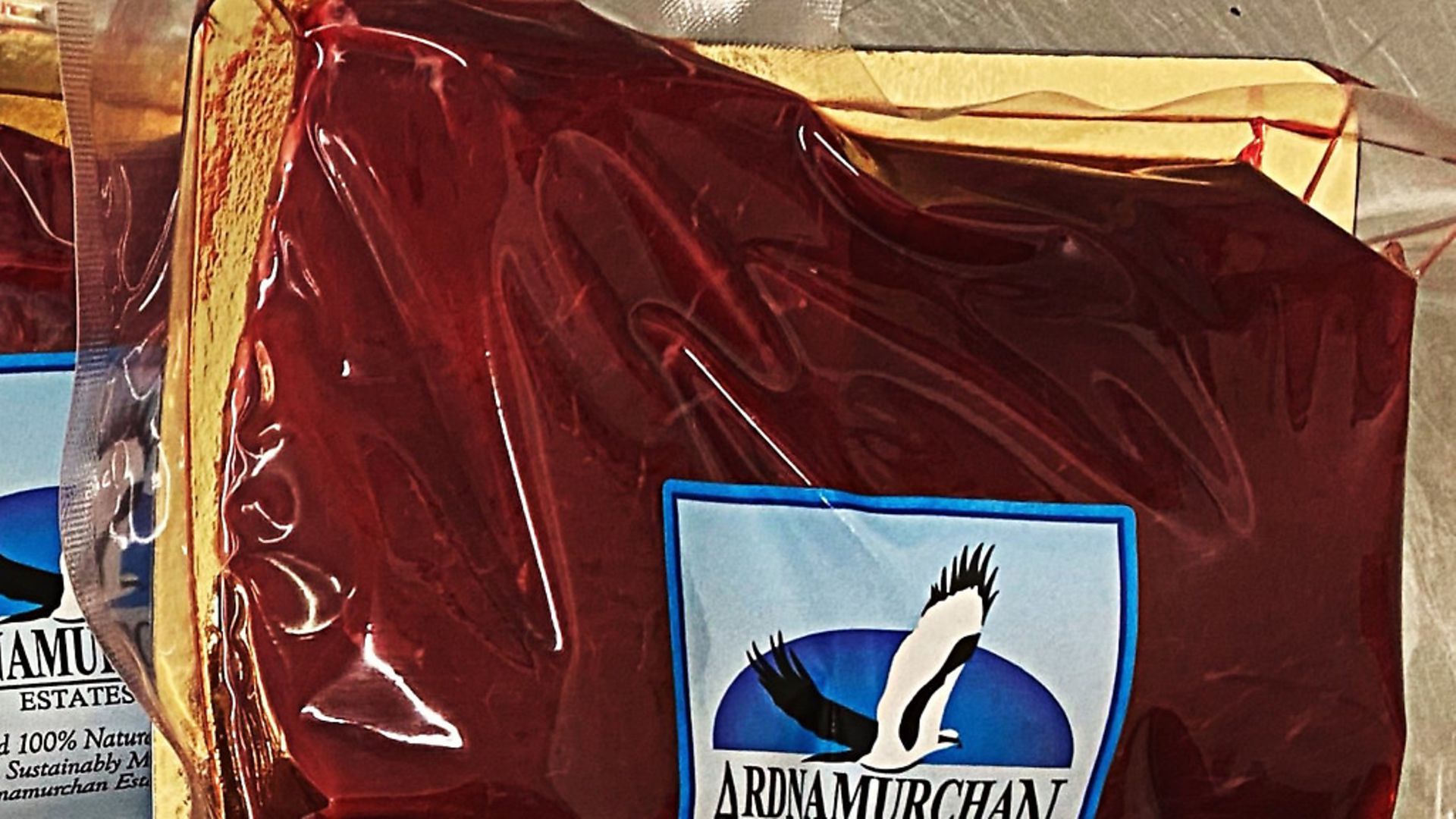Niall Rowantree takes us on a venison-themed history trip, from the hunter gathers’ first taste to the current crisis the venison market finds itself in
 credit: Getty Images/iStockphoto
credit: Getty Images/iStockphoto
Check out our new YouTube channel - Shooting & Country TV - for great hunting films, kit reviews and more
The tale of how we as humans became such avid carnivores begins 65 million years ago. The dinosaurs became extinct, together with half of the earth’s species. Meanwhile, in rainforests that covered vast areas of the earth, our ancestors were just evolving. Our early ancestors consumed wild meat probably scavenged from kills made by larger predators. By 2.5 million years ago, early hunters had developed the tools and digestive tract that made them ready to eat meat, and they were among the first consumers of venison.
So what motivated our ancestors to look at deer and other game as food? The answer probably lies in climate change. As the rains became less abundant, so did the fruits, plants and buds that our ancestors relied on. Much of the rainforest turned into sparsely wooded grasslands, with fewer plants to eat but with many grazing animals. What triggered this move into carnivorous behavior is open to discussion; it could have been a simple case of opportunities left by kills that made our early ancestors tempted to give it a try. This isn’t that unusual; a number of herbivores will consume meat given the opportunity. In fact, one of the biggest impacts on nesting Manx shearwaters on the cliffs of the Isle of Rum are red deer eating the chicks.
From my own experience, I remember one summer’s evening, watching as young stags chased back and forth over the peat bogs of lower Glen Carnoch on Knoydart. On closer inspection, I was able to observe them catching and consuming frogs – and this wasn’t one individual, but several engaged in the same practice.
By 12,000 years ago, all of our ancestors were hunter-gatherers and this subsistence lifestyle relied on close cultural bonds and teamwork as they foraged edible plants, wild honey and game. These early hunters lived a nomadic lifestyle, travelling over vast areas, and it was only with the emergence of agriculture that anchored settlements started to appear and allowed for higher levels of population.
I believe that the cultural and evolutionary connection to our early past is a key driver in man the hunter, and that we learned from experience that some things are simply better for us and more easily digested than other things. In fact, there is increasing evidence that the best diet for us is that of our Stone Age ancestors, and that as we gave up the hunter-gatherer lifestyle we became prone to the deficiencies and diseases that we know today – and that we diminished in stature!
 credit: Getty Images/iStockphoto
credit: Getty Images/iStockphoto
The effect of lockdown on the venison market
The term venison is associated by most of us as being from deer, but early origins of the term are associated with any game meat. Wild game resources played a crucial role in our success as a species and its importance can be seen in the cultural status of game animals. In modern times, the health benefits of eating venison have been clearly set out. It is a high-quality source of protein, lower in saturated fat than other red meats, a good source of iron, zinc and B vitamins. So why is it that venison has become a victim of the pandemic?
Well, part of the reason is the fact that venison is perceived as a high-value, niche product and the Covid-19 lockdown had a huge impact in game dealers and producers being able to place product with restaurants and hotels. A few short weeks ago, it was felt that unless financial assistance came forward from government, the sector and businesses associated with it could be seriously affected.
A survey carried out by the Association of Deer Management Groups (ADMG) suggested that in a worst case scenario, Covid-19 could lead to direct losses in the wild deer sector of up to 9 million pounds. As a result of reduced sales to restaurants and catering customers and the effect on the export market to the EU, venison prices have crashed, falling from a price of £2.30 dead weight in skin to £1.00.
This extraordinary set of circumstances has placed the venison market in an extremely fragile position with profound repercussions not only for jobs but for the task of managing deer sustainably.
Many believe that a reduced stag cull, particularly in areas where population imbalance occurs or mean ages are low, would not necessarily have a negative impact on overall deer populations, particularly on areas that are not designated sites. However, the task of controlling hind populations is essential where delivering environmental targets is required, and populations need to be kept in check. Some private estate may have the resources to enable them to operate at a loss, but the majority of commercial businesses, contractors and NGOs do not have this luxury and require the income of venison and/or hunting tourism to meet the operational costs throughout the winter months.
 credit: Archant
credit: Archant
Environmental benefits of deer management
All of the deer management that occurs among wild deer in Scotland delivers a range of environmental and public benefits, and those in government and their agencies are aware of this. I do hope that the level of public interest and increased demand will lead this government to take the opportunity to support the venison sector and sustainable deer management. It would most certainly demonstrate a listening ear and reward the efforts made by ADMG and the Venison Advisory Service for their efforts to communicate the needs of the sector.
Are there any alternatives? For a number of estates, of which we are no exception, there is an opportunity to develop your own line of products and local sales. Of course, this does place additional requirements on your facilities and an increased burden on your staff. Time spent skinning and cutting is time that is not spent managing deer, and local sales alone will not consume the volume of venison available to remote communities.
I for one support the sale and consumption of local venison due to the health benefits and the low carbon footprint, but I am also aware that we are all in this together and that in this whole pandemic period, the game dealers by and large have worked with us and, even when dealing with the cost implications of processing and collecting game, have done their best to commit to buy in what is a very difficult market for their business. Only by supporting one another will producers and processors emerge successfully from what has been a unique set of circumstances.
What can we do? Firstly, eat venison; secondly, encourage everyone we know to eat venison; and thirdly, do our best to deliver our own deer management objectives and support those who have culls to deliver. All of us that stalk deer are passionate about animals and this is about managing a natural resource in a wild environment – which produces a wild food product that underpins the success of deer and their environment. We need to stay the course and do what is best as selectively as possible to secure our sector.
Cabar feidh gu brath!